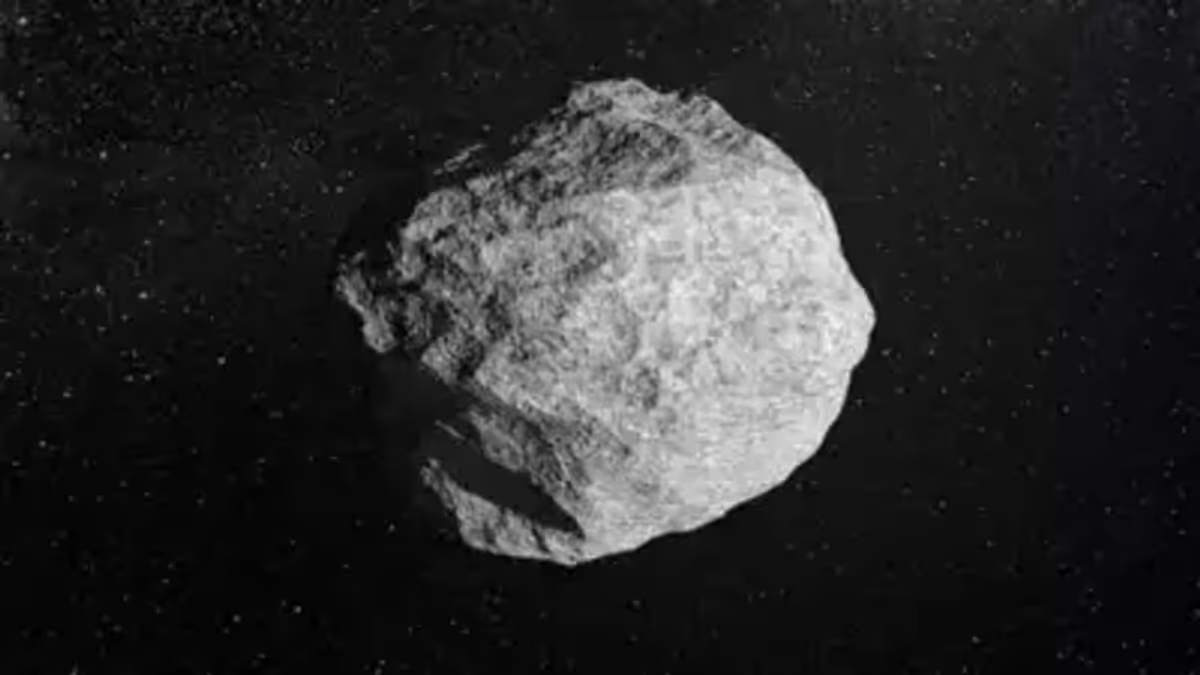NASA’s Parker Solar Probe Makes Record-Breaking Attempt to “Touch” the Sun
A NASA spacecraft is on the verge of making history with the closest-ever approach to the Sun.
The Parker Solar Probe is diving into the Sun’s outer atmosphere, known as the corona, enduring extreme temperatures and radiation during its record-breaking fly-by. The spacecraft will remain out of communication for several days, leaving scientists anxiously awaiting a signal—expected at 05:00 GMT on December 28—to confirm its survival.
Launched in 2018, Parker Solar Probe has already completed 21 passes near the Sun, each one closer than the last. Its Christmas Eve approach brings it within 3.8 million miles (6.2 million kilometers) of the Sun’s surface—an unprecedented feat. To put this in perspective, NASA’s Dr. Nicola Fox explains: “If the Sun and Earth were one meter apart, Parker Solar Probe would be just four centimeters from the Sun.”
Pushing the Limits of Technology
At its closest, the spacecraft endures temperatures of 1,400°C (2,552°F) and radiation levels capable of frying ordinary electronics. It is shielded by a carbon-composite barrier just 11.5 cm (4.5 inches) thick, allowing it to survive the Sun’s brutal conditions. The probe also relies on its extraordinary speed—traveling at 430,000 mph (700,000 km/h)—to minimize exposure during its high-stakes journey.
Why “Touch” the Sun?
Scientists hope this mission will unlock secrets about our star, including a puzzling phenomenon: the corona’s temperature. While the Sun’s surface is about 6,000°C, the corona—further away—reaches millions of degrees. Dr. Jenifer Millard, an astronomer at Fifth Star Labs, explains, “The corona is really, really hot, and we have no idea why. How is that atmosphere getting hotter as it moves away from the Sun?”
Additionally, the probe aims to study solar wind, the continuous stream of charged particles that escapes from the corona. These particles, interacting with Earth’s magnetic field, create dazzling auroras but can also disrupt power grids, satellites, and communication systems.
“Understanding the Sun, its activity, space weather, and the solar wind is so important to our everyday lives on Earth,” says Dr. Millard.
A Nervous Wait for NASA
As Parker Solar Probe pushes the boundaries of space exploration, NASA scientists face a tense holiday period while awaiting confirmation of the spacecraft’s status. Dr. Fox reveals that when the probe signals its survival, the team will send her a text with a green heart emoji.
“I will worry about the spacecraft,” she admits, “but it’s a tough, tough little spacecraft designed to handle these brutal conditions.”
If successful, Parker Solar Probe will continue its groundbreaking mission, bringing humanity closer to understanding the Sun’s mysteries and safeguarding our technology-dependent world.



